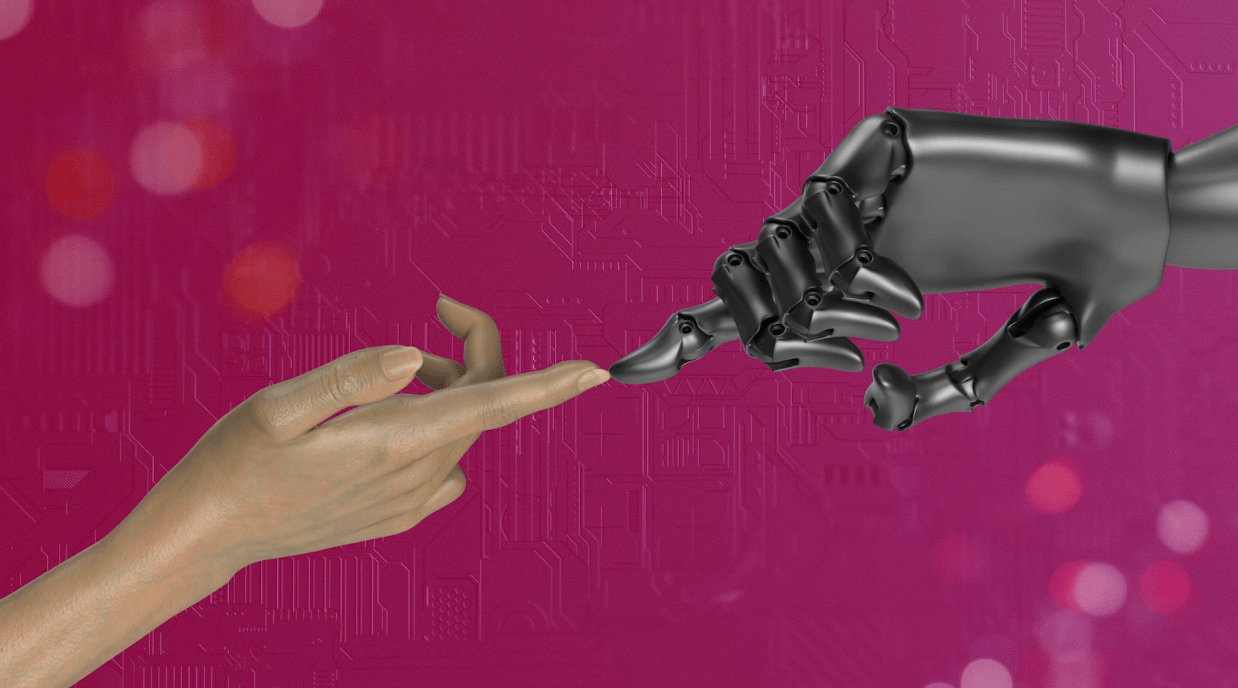Automatic Parking
- Automatic parking is a system whereby the car maneuvers from the traffic lane to a parking space.
- The system first proposed in 1934 was first used in vehicles in the early millennium and it enables the vehicle to perform perpendicular, angle or parallel parking with the aim of alleviating the stresses that come with parking at places with limited space where great attention, experience and skill are necessary to enable a driver park without hitting other vehicles.
- This feature consists of a computer based control system, rear mounted camera and servo motors for activating brakes and turning the steering system. The system is available in Volvo, Volkswagen, Toyota, Lexus, Ford, Skoda and Kia model of cars.
Self Driving Cars
- Not many people thought that it would come to an age where people will not need driving skills because the vehicle can practically move by itself. The technology though not adopted in commercial production of cars is in itself promising.
- Google has already tested the self-driving automobile and the results are very promising because the car can drive on public roads and highways.
- The vehicles have incorporated technology using radar, cameras and lasers to process and analyse information surrounding the vehicle faster than human beings. They record images, find alternative routes and view traffic lights before they are visible to the eye.
- The vehicles have the ability to learn a road and it makes driving safer in that the car will know where zebra crossing and reacting appropriately when the time comes. Inasmuch as we have this wonderful technology, great driving skills need proper training in theory and practical skills, services which can be accessed by booking a DSA theory test from the government website.
Pre Collision Systems
- These are collision avoidance systems that use cameras, radar and laser to detect collision before they happen and ultimately prevent them from happening.
- Most collision systems usually use radar detectors placed in front of the vehicle which send high frequency radar waves to cars and objects around and this enables the car to tell the position, speed and velocity of the other car and if a crash is imminent, then the car alerts the driver or it takes measures to avert the accident.
- Rear radar systems are also used to assist the drivers in parking in reverse or in driving situations that need the car to reverse.
- The systems are available in Volvo, Mercedes, Audi, Toyota, Ford, Cadillac, Lexus, Infiniti, GMC, Acura, Honda, Skoda among others.

Automatic High Beam Control
- This safety feature is very crucial in prevention of accidents at night and it usually features a camera sensor and a microprocessor that constantly monitors the distance from tail lights and oncoming car head lamps and automatically adjusts the car headlights to provide low beam light.
- Other car manufacturers have taken the technology further by adjusting high beams as the vehicle negotiates corners and also regulating light distribution with oncoming traffic.
Night Vision With Pedestrian Detection
- Though use of night vision isn’t new, latest technology in this front has seen vehicles show pedestrians on a dashboard display and alert the driver if the car is too close to the pedestrian to avoid collision.
- Some vehicle models even display the direction in which the pedestrian is moving.






















Find Us on Social Media
A MarTech - Marketing and Technology Blog